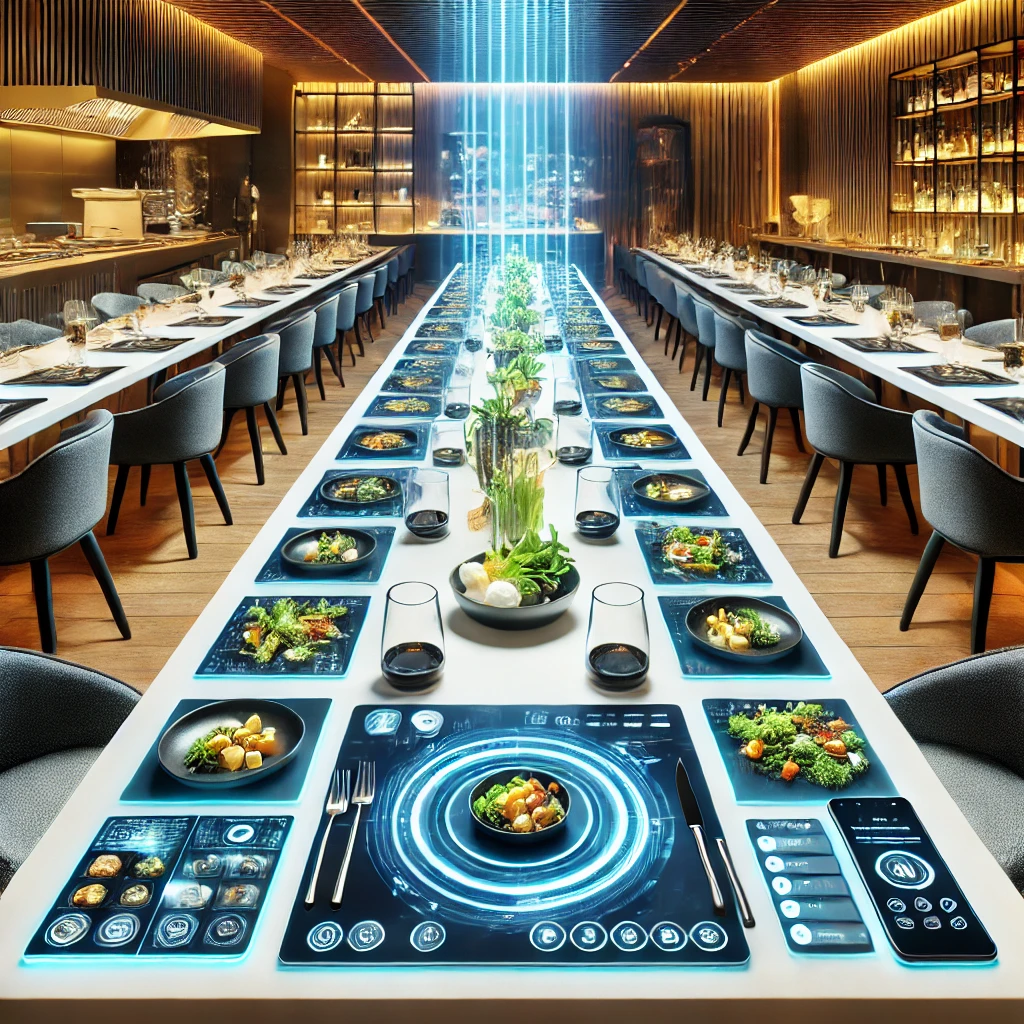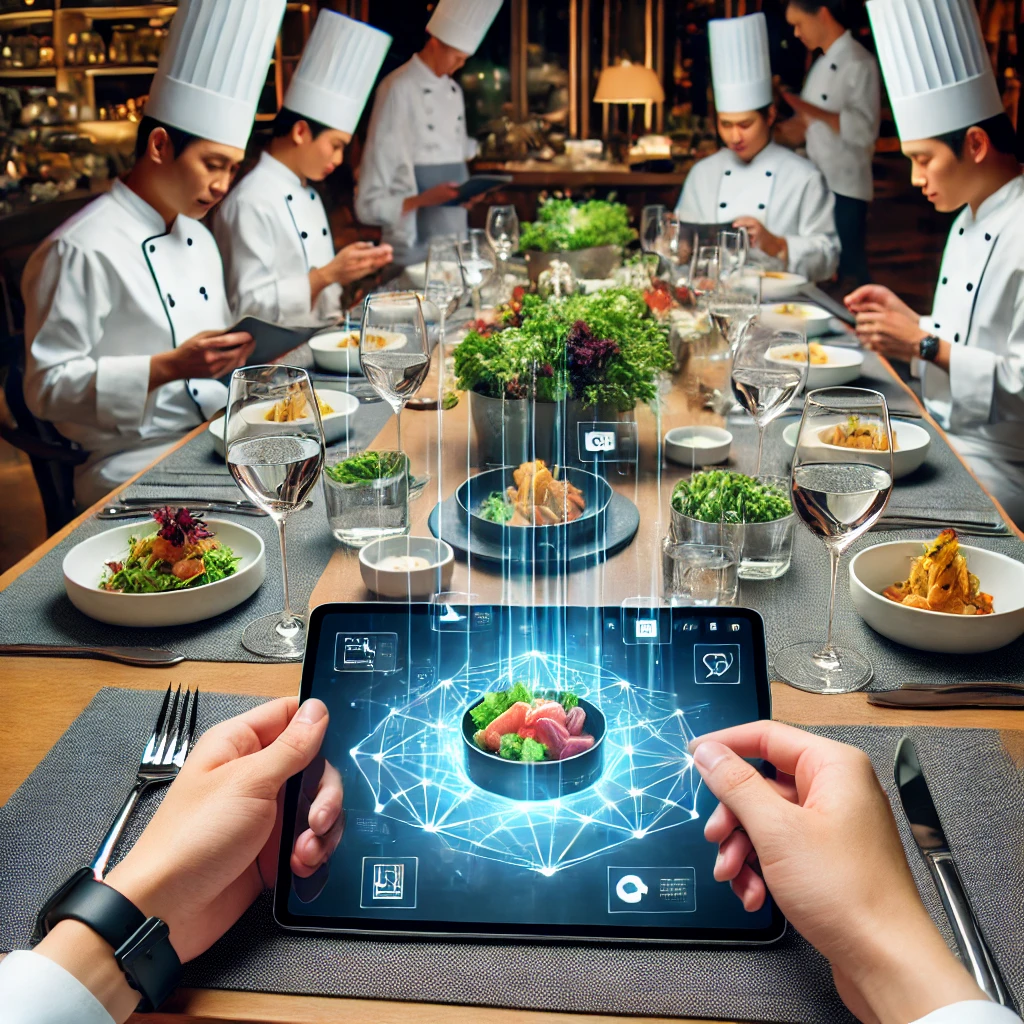Guide to Creating Exceptional Gastronomic Experiences
- Adriana H. Font
- Sep 21, 2024
- 4 min read
Updated: Sep 22, 2024

Creating a memorable gastronomic experience is both an art and a science. It requires a deep understanding of not only the culinary aspects but also the service dynamics that enhance the overall experience. Below is a guide outlining the most relevant aspects to consider when crafting unforgettable food events and services.
1. Integration of Service and Gastronomy
Holistic Experience Design:
The culinary experience should not stand alone; it must be intertwined with the service to create a seamless journey for the guest. Every element, from the moment the guest enters to their departure, should be orchestrated to reflect a coherent theme or narrative.
Staff Training and Attitude:
Staff should be trained not just in technical skills but also in the philosophy and story behind the menu. This allows them to communicate with guests in a way that enriches the experience, turning a meal into a narrative journey.
Timing and Pacing:
Service timing is crucial. Courses should be paced to match the guest’s rhythm, allowing for savoring without feeling rushed. Coordination between the kitchen and service staff is key to ensuring a smooth flow.
Personalization and Attention to Detail:
Personalization elevates the guest experience. This can range from remembering a guest’s preferences to customizing dishes based on dietary restrictions or preferences. Attention to detail in service—like remembering a guest’s name or drink preference—can make a lasting impression.
2. Sensory Engagement
Multisensory Approach:
Engage all the senses to create a deeper connection with the food. This can involve the use of ambient sounds, curated lighting, and even the textures of the environment to complement the flavors and presentation of the dishes.
Aromas and Flavors:
The power of aroma is often underestimated. Incorporating scents that complement the food can enhance the tasting experience. Similarly, complex flavor profiles that evolve with each bite can keep the diner engaged and curious.
Visual Presentation:
The visual aspect of the food is critical. Plating should be considered an art form, where colors, shapes, and textures are balanced to create a visually appealing dish that excites before the first bite.
3. Current Gastronomy Trends
Sustainability and Local Sourcing:
There is a growing demand for sustainable practices in gastronomy. This includes sourcing ingredients locally, reducing food waste, and offering plant-based options. Emphasizing sustainability can also be a key marketing point and a way to connect with ethically-minded consumers.
Health-Conscious Dining:
With a growing focus on wellness, there is an increased demand for menus that cater to health-conscious diners. This includes offering balanced meals, catering to specific dietary needs (gluten-free, keto, etc.), and transparent ingredient sourcing.
Experiential Dining:
Dining is increasingly becoming about the experience as much as the food. Concepts such as farm-to-table dinners, pop-up restaurants, and themed dining events are gaining popularity. These experiences are often immersive, involving storytelling, interaction, and sometimes even performance.
Technology Integration:
The integration of technology in gastronomy is on the rise. This includes the use of virtual or augmented reality to enhance the dining experience, online reservation systems that offer personalized recommendations, and even AI-driven menu design.
Culinary Innovation:
Innovation in gastronomy can involve experimenting with new ingredients, cooking techniques, or fusion cuisines. Staying ahead of the curve by understanding global culinary trends and incorporating them into your offerings can set your experience apart.
4. Atmosphere and Ambiance
Thematic Consistency:
The atmosphere of the dining space should reflect the theme of the gastronomic experience. This includes decor, music, lighting, and even the style of the service. Consistency in these elements helps to immerse guests fully in the experience.
Comfort and Accessibility:
The physical comfort of guests is paramount. This includes considerations such as seating arrangements, noise levels, temperature control, and the accessibility of the space.
Interactive Elements:
Incorporating interactive elements, such as open kitchens, chef’s tables, or wine tastings, can engage guests more deeply and create memorable experiences. These elements allow guests to connect more personally with the culinary process.
5. Post-Dining Gastronomic Experience
Memorable Takeaways:
Consider offering guests something to remember their experience by, such as a small gift, a recipe card, or even a personalized thank-you note. This not only leaves a lasting impression but can also encourage repeat visits.
Feedback and Continuous Improvement:
Gathering feedback from guests is essential for refining the experience. Encourage honest feedback and be responsive to it. Continuous improvement is key to maintaining high standards and evolving with changing guest expectations.
Building a Community:
Encourage a sense of community among your guests. This can be done through loyalty programs, special events for regular guests, or social media engagement. A strong community of loyal customers can be one of your most valuable assets.
By considering these elements, you can create gastronomic experiences that not only satisfy the palate but also leave a lasting emotional impact on your guests. Remember, the goal is to create a narrative that resonates with diners, turning each meal into an unforgettable journey.
Foodie Tours Costa Rica not only offers gastronomic concepts to learn more about Costa Rican culture, but also promotes the appliance of this guide at the different restaurants to assure a great gastronomic experience.
If you are a passionate foodie looking for new ways to experience Costa Rican Gastronomy, or you are a restaurant owner and would like to enhance your customers’ experience at your restaurant please do not hesitate to contact us!
The Images in this content were generated with AI.














Comentarios